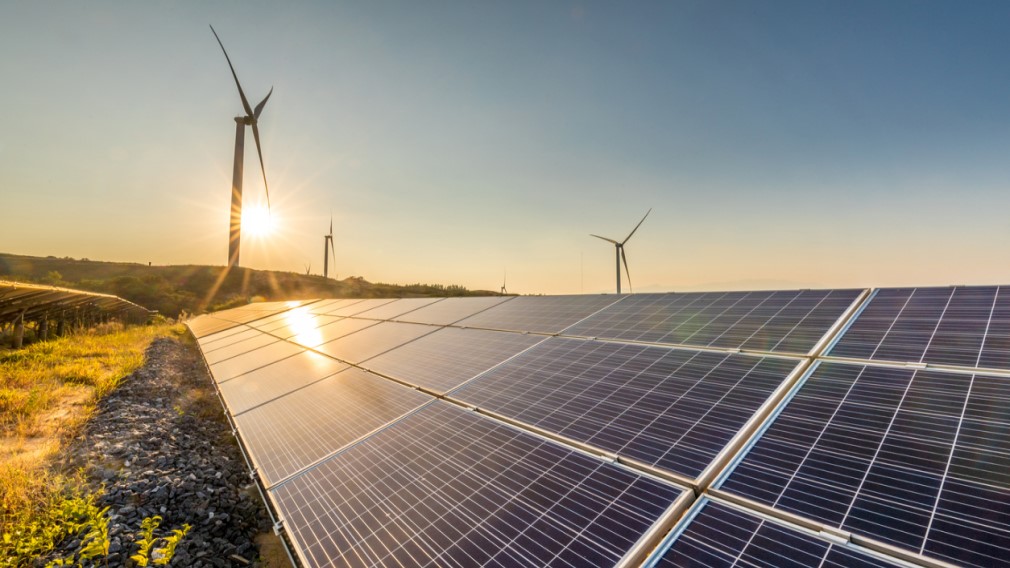Commodities Update February 2024
Prices in aggregate moved lower over the past couple of months, but fortunes varied by commodity. Iron ore prices have been surprisingly resilient, as supply remains constrained. We also note that crude prices have surprised by weakening of late, but as global conflict and tensions persist, risks remain to the upside.
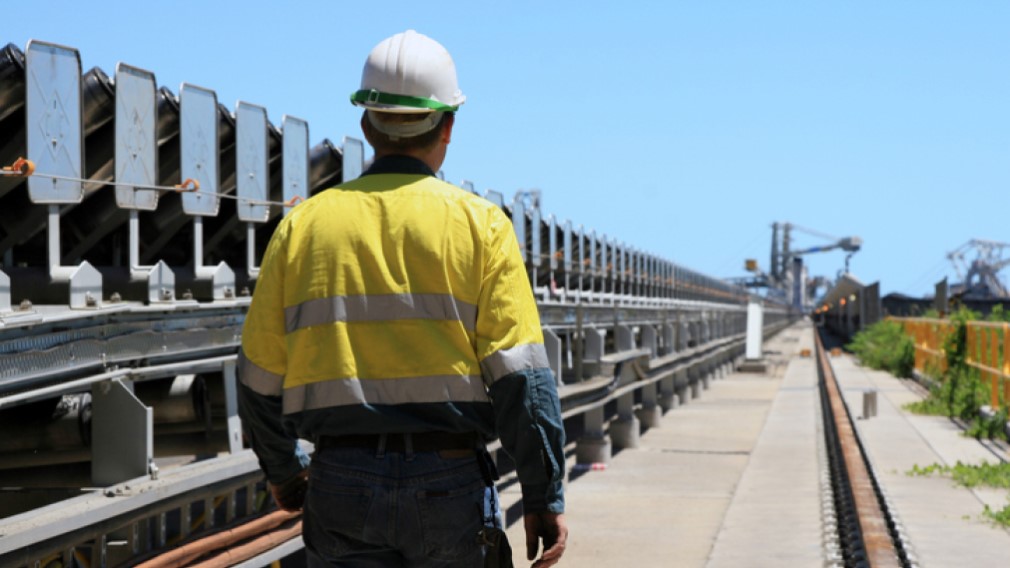
The following is based on text from the Westpac February 2024 Market Outlook. (PDF 381KB)
For more details on our longer-term forecasts see Westpac February 2023 Commodity Forecasts
Since our last commodities update in mid–December, there has been a broad weakening of commodity prices but, as always, not all commodities performed in the same way. Our broadest commodities index (Westpac Exports Price Index) is down close to 5% over the last two months with thermal coal leading the way, falling 20% over that period. LNG prices have fallen 12% while met coal is down 6%. But not all energy prices have fallen since December, Brent crude is up almost 7% on the back of the broadening conflict in the Middle East with Houthi attacks in the Red Sea disrupting shipping activity. Iron ore prices are also down 7% but at US$126/t are still surprisingly resilient compared to wide held expectations for prices to weaken though 2023. The base metals complex is broadly flat, but this was driven by a 5% rise in aluminium and lead contrasted with a 3% fall in nickel. Meanwhile gold has rallied 2%.

Given the ongoing troubles in the Chinese residential property market and construction industries, there is quite a bit of head scratching on why iron ore prices remain so robust. We have seen the number of foreclosed homes in China rise 43% in 2023 with 389,000 units impacted according to the China Index Academy. More recently, the Chinese administration had instructed heavily indebted local governments to delay or halt some state–funded projects as Beijing is trying to manage debt risks as it attempts to stimulate the economy. To top off 2023, the latest update on Chinese steel production was very disappointing with December output almost 11mt below our ‘forecast’ at just 67.44mt that was based on CISA data. We do note this is consistent with smaller, less efficient steel mills being shuttered, meaning the industry will hit the ‘just over 1bnt’ steel production cap that was imposed in 2023. Backing this up, the NDRC has noted that China will “continue to promote supply–side structural reform in the steel industry this year with a focus on high–end operations” and “will strictly control the increase in new steel capacity ... (and) speed up a green transition” suggesting that this story should continue through 2024.
On the 2024 outlook for iron ore, it does appear that China continues to focus on shutting down smaller, less efficient, higher polluting steel production. However, through the first half of 2023, steel production was well above forecast levels based on CISA data with inventory coming in modestly above the seasonal norm. Inventory levels dropped back towards seasonal norms through the end of last year which is not what you would expect to see if steel producers were indeed cutting back to meet official targets. Given this structural downward shift in steel production you must question why iron ore has been so robust.
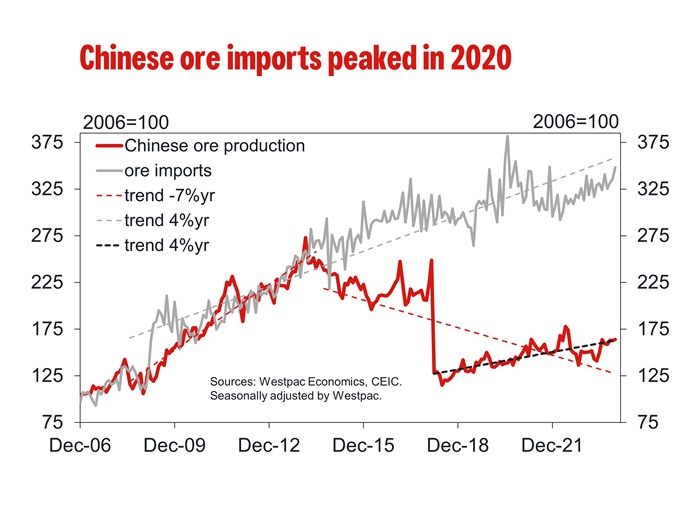
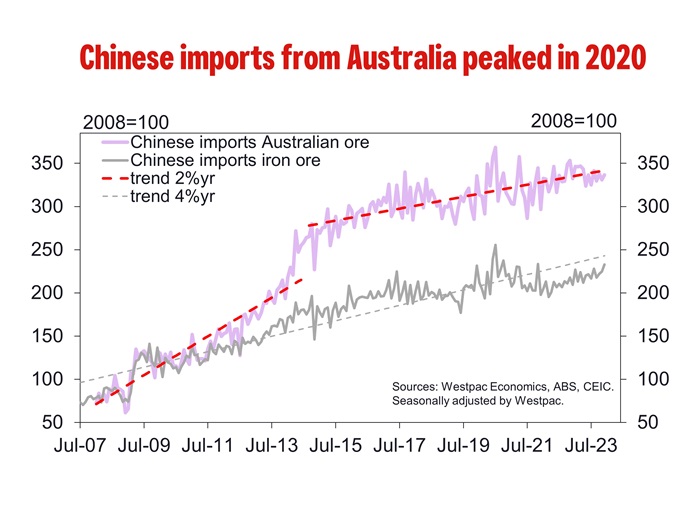
We suspect there are two factors here. The first is iron ore supply is prudently managed by the major producers, and secondly, the Chinese steel industry restructuring with a focus on smaller mills, the larger coastal based mills are far more depended on imported ore.
As it has been the case for some time now, the major iron ore producers (in particular BHP and Rio Tinto while Vale production has been in the doldrums for some time) have been adept at matching shifts in demand with a corresponding adjustment to output. As you can see in the chart above, Chinese imports of Australian ore peaked in 2020 and have been tracking broadly sideways since then. This careful management of supply is, we think, providing a sound foundation under iron ore pricing. Total ore imports have been trending higher since 2021, as supplies from outside Australia have lifted, but total imports are still down from the 2020 peak.


As the charts above highlight so far this year we have seen steel input prices continue to drift higher while Chinese steel prices have been holding ground. As such, it is not surprising that the percentage of Chinese steel mills currently profitable is down to 26.4%, normally profitability improves as demand tends to lift at the start of each year but so far this year there is no sign of this and as input prices remain elevated, and steel prices suppressed, then this recovery is likely to be delayed for at least a few more months.

Utilisation of Chinese blast furnaces is cyclical hitting a peak around July and then again in October before hitting a low in late December or early January. The peak this October was stronger than the four-year average but is has since fallen aways as usual and was around average through January.
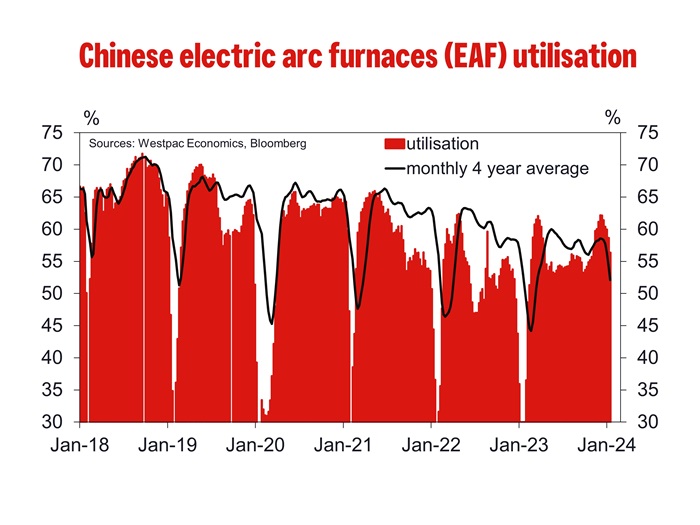
Electric arc furnaces (EAF) utilisation is a lot more seasonal than blast furnaces and not just because they are more expensive to run but also because they can be turned on and off as required whereas blast furnace must maintain a level of output to ensure the viability of the furnace. EAF utilisation tends to moderate though the start of the year as the economy goes into care and maintenance as the country heads into the Lunar New Year holiday then fires up as the holiday ends. In 2023 there was an unusual spike in utilisation of EAFs in December and so far, it has held up through January.
We know if there is a focus on pollution/emissions control the administration gives preference to EAFs over blast furnaces, but we are are still somewhat surprised by the strength of EAFs utilisation. Even more so given the pressure on mill margins.
On this question it is also surprising to see that local ore prices have not weaken more against imported ore if most of the adjustment in steel production is coming from the smaller, inland mills that are more dependent on domestic iron ore.
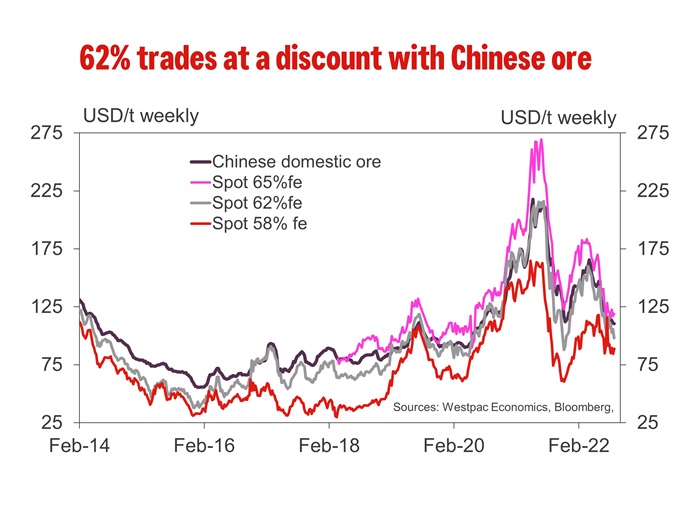
Turning to the crude oil market, we are somewhat surprised that prices dropped below US$80/bbl given the near-term upside risks for refined fuels (and refining margins or cracks) and thus crude prices due to the extreme cold weather in the US, a series of Ukrainian drone attacks on Russian refinery capacity, Houthi attacks on vessels in the Red Sea and growing risks that Iran could be pulled into more direct conflict with the US.
Clearly, the latter two risks remain potent drivers for crude markets in the short term, given how important the Suez Canal and Red Sea are to crude supply. During 2022, the number of tankers transiting the critical pinch–point between Yemen and Djibouti, the Bab al–Mandab Strait, which aptly translates as the Gate of Grief or the Gate of Tears, surged as Russian crude and products were forced to travel south to Asia due to EU sanctions and bans while Middle Eastern crude travelled north through the Suez canal and Sumed pipeline to replace that lost crude.
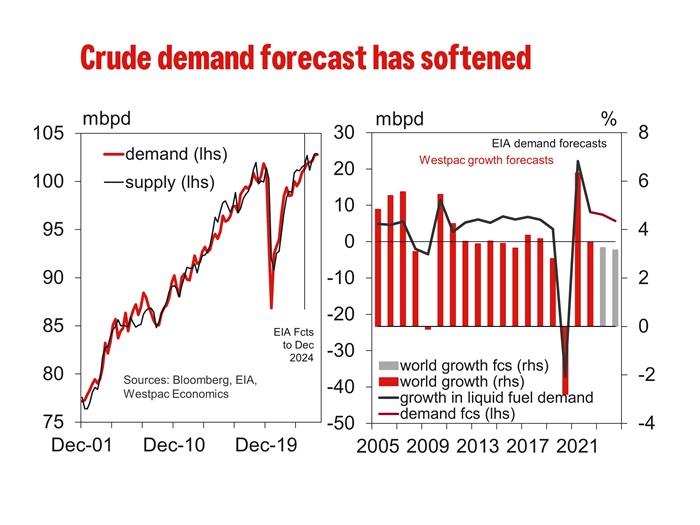

Daily transit calls for tankers through the Bab al–Mandab Strait in December 2022 were up 44% versus the average of the previous 3 years. However, in January 2024, daily transit calls slumped by 50%yr. Meanwhile, at the Suez Canal daily transit calls for tankers in December 2022 were up 46% versus the average of the previous 3 years but in January 2024, daily transit calls fell by 40%yr. Meanwhile transit calls round the Cape of Good Hope were up 82%yr in January 2024 emphasising where that disrupted traffic was flowing.
The IMF Port Watch data used here doesn’t allow us to differentiate between different types of tankers. However, Kpler notes that oil tanker transits through the Red Sea were down 23% in January compared with November, while the drop was much more pronounced for LPG and LNG which was down 65% and 73% respectively suggesting the impact has been more in fuels than crude markets. However, the longer the disruptions go on, the more structural the blockages become, and the more costs rise, and the greater the impact on crude plus liquids inventory. Hence our more positive near-term view on cracks and fuels, which is thus supportive of crude oil prices.

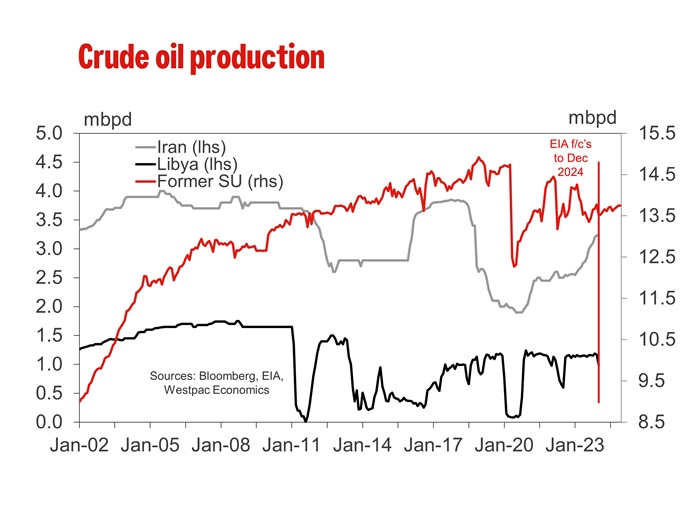
Stay informed with Westpac IQ
Get the latest reports straight to your inbox.
Browse topics
Disclaimer
©2025 Westpac Banking Corporation ABN 33 007 457 141 (including where acting under any of its Westpac, St George, Bank of Melbourne or BankSA brands, collectively, “Westpac”). References to the “Westpac Group” are to Westpac and its subsidiaries and includes the directors, employees and representatives of Westpac and its subsidiaries.
Things you should know
We respect your privacy: You can view the New Zealand Privacy Policy here, or the Australian Group Privacy Statement here. Each time someone visits our site, data is captured so that we can accurately evaluate the quality of our content and make improvements for you. We may at times use technology to capture data about you to help us to better understand you and your needs, including potentially for the purposes of assessing your individual reading habits and interests to allow us to provide suggestions regarding other reading material which may be suitable for you.
This information, unless specifically indicated otherwise, is under copyright of the Westpac Group. None of the material, nor its contents, nor any copy of it, may be altered in any way, transmitted to, copied of distributed to any other party without the prior written permission of the Westpac Group.
Disclaimer
This information has been prepared by Westpac and is intended for information purposes only. It is not intended to reflect any recommendation or financial advice and investment decisions should not be based on it. This information does not constitute an offer, a solicitation of an offer, or an inducement to subscribe for, purchase or sell any financial instrument or to enter into a legally binding contract. To the extent that this information contains any general advice, it has been prepared without taking into account your objectives, financial situation or needs and before acting on it you should consider the appropriateness of the advice. Certain types of transactions, including those involving futures, options and high yield securities give rise to substantial risk and are not suitable for all investors. We recommend that you seek your own independent legal or financial advice before proceeding with any investment decision.
This information may contain material provided by third parties. While such material is published with the necessary permission none of Westpac or its related entities accepts any responsibility for the accuracy or completeness of any such material. Although we have made every effort to ensure this information is free from error, none of Westpac or its related entities warrants the accuracy, adequacy or completeness of this information, or otherwise endorses it in any way. Except where contrary to law, Westpac Group intend by this notice to exclude liability for this information. This information is subject to change without notice and none of Westpac or its related entities is under any obligation to update this information or correct any inaccuracy which may become apparent at a later date. This information may contain or incorporate by reference forward-looking statements. The words “believe”, “anticipate”, “expect”, “intend”, “plan”, “predict”, “continue”, “assume”, “positioned”, “may”, “will”, “should”, “shall”, “risk” and other similar expressions that are predictions of or indicate future events and future trends identify forward-looking statements. These forward-looking statements include all matters that are not historical facts. Past performance is not a reliable indicator of future performance, nor are forecasts of future performance. Whilst every effort has been taken to ensure that the assumptions on which any forecasts are based are reasonable, the forecasts may be affected by incorrect assumptions or by known or unknown risks and uncertainties. The ultimate outcomes may differ substantially from any forecasts.
Conflicts of Interest: In the normal course of offering banking products and services to its clients, the Westpac Group may act in several capacities (including issuer, market maker, underwriter, distributor, swap counterparty and calculation agent) simultaneously with respect to a financial instrument, giving rise to potential conflicts of interest which may impact the performance of a financial instrument. The Westpac Group may at any time transact or hold a position (including hedging and trading positions) for its own account or the account of a client in any financial instrument which may impact the performance of that financial instrument.
Author(s) disclaimer and declaration: The author(s) confirms that (a) no part of his/her compensation was, is, or will be, directly or indirectly, related to any views or (if applicable) recommendations expressed in this material; (b) this material accurately reflects his/her personal views about the financial products, companies or issuers (if applicable) and is based on sources reasonably believed to be reliable and accurate; (c) to the best of the author’s knowledge, they are not in receipt of inside information and this material does not contain inside information; and (d) no other part of the Westpac Group has made any attempt to influence this material.
Further important information regarding sustainability-related content: This material may contain statements relating to environmental, social and governance (ESG) topics. These are subject to known and unknown risks, and there are significant uncertainties, limitations, risks and assumptions in the metrics, modelling, data, scenarios, reporting and analysis on which the statements rely. In particular, these areas are rapidly evolving and maturing, and there are variations in approaches and common standards and practice, as well as uncertainty around future related policy and legislation. Some material may include information derived from publicly available sources that have not been independently verified. No representation or warranty is made as to the accuracy, completeness or reliability of the information. There is a risk that the analysis, estimates, judgements, assumptions, views, models, scenarios or projections used may turn out to be incorrect. These risks may cause actual outcomes to differ materially from those expressed or implied. The ESG-related statements in this material do not constitute advice, nor are they guarantees or predictions of future performance, and Westpac gives no representation, warranty or assurance (including as to the quality, accuracy or completeness of the statements). You should seek your own independent advice.
Additional country disclosures:
Australia: Westpac holds an Australian Financial Services Licence (No. 233714). You can access Westpac’s Financial Services Guide here or request a copy from your Westpac point of contact. To the extent that this information contains any general advice, it has been prepared without taking into account your objectives, financial situation or needs and before acting on it you should consider the appropriateness of the advice.
New Zealand: In New Zealand, Westpac Institutional Bank refers to the brand under which products and services are provided by either Westpac (NZ division) or Westpac New Zealand Limited (company number 1763882), the New Zealand incorporated subsidiary of Westpac ("WNZL"). Any product or service made available by WNZL does not represent an offer from Westpac or any of its subsidiaries (other than WNZL). Neither Westpac nor its other subsidiaries guarantee or otherwise support the performance of WNZL in respect of any such product. WNZL is not an authorised deposit-taking institution for the purposes of Australian prudential standards. The current disclosure statements for the New Zealand branch of Westpac and WNZL can be obtained at the internet address www.westpac.co.nz.
Singapore: This material has been prepared and issued for distribution in Singapore to institutional investors, accredited investors and expert investors (as defined in the applicable Singapore laws and regulations) only. Recipients of this material in Singapore should contact Westpac Singapore Branch in respect of any matters arising from, or in connection with, this material. Westpac Singapore Branch holds a wholesale banking licence and is subject to supervision by the Monetary Authority of Singapore.
Fiji: Unless otherwise specified, the products and services for Westpac Fiji are available from www.westpac.com.fj © Westpac Banking Corporation ABN 33 007 457 141. This information does not take your personal circumstances into account and before acting on it you should consider the appropriateness of the information for your financial situation. Westpac Banking Corporation ABN 33 007 457 141 is incorporated in NSW Australia and registered as a branch in Fiji. The liability of its members is limited.
Papua New Guinea: Unless otherwise specified, the products and services for Westpac PNG are available from www.westpac.com.pg © Westpac Banking Corporation ABN 33 007 457 141. This information does not take your personal circumstances into account and before acting on it you should consider the appropriateness of the information for your financial situation. Westpac Banking Corporation ABN 33 007 457 141 is incorporated in NSW Australia. Westpac is represented in Papua New Guinea by Westpac Bank - PNG - Limited. The liability of its members is limited.
U.S.: Westpac operates in the United States of America as a federally licensed branch, regulated by the Office of the Comptroller of the Currency. Westpac is also registered with the US Commodity Futures Trading Commission (“CFTC”) as a Swap Dealer, but is neither registered as, or affiliated with, a Futures Commission Merchant registered with the US CFTC. The services and products referenced above are not insured by the Federal Deposit Insurance Corporation (“FDIC”). Westpac Capital Markets, LLC (‘WCM’), a wholly-owned subsidiary of Westpac, is a broker-dealer registered under the U.S. Securities Exchange Act of 1934 (‘the Exchange Act’) and member of the Financial Industry Regulatory Authority (‘FINRA’). In accordance with APRA's Prudential Standard 222 'Association with Related Entities', Westpac does not stand behind WCM other than as provided for in certain legal agreements between Westpac and WCM and obligations of WCM do not represent liabilities of Westpac.
This communication is provided for distribution to U.S. institutional investors in reliance on the exemption from registration provided by Rule 15a-6 under the Exchange Act and is not subject to all of the independence and disclosure standards applicable to debt research reports prepared for retail investors in the United States. WCM is the U.S. distributor of this communication and accepts responsibility for the contents of this communication. Transactions by U.S. customers of any securities referenced herein should be effected through WCM. All disclaimers set out with respect to Westpac apply equally to WCM. If you would like to speak to someone regarding any security mentioned herein, please contact WCM on +1 212 389 1269. Investing in any non-U.S. securities or related financial instruments mentioned in this communication may present certain risks. The securities of non-U.S. issuers may not be registered with, or be subject to the regulations of, the SEC in the United States. Information on such non-U.S. securities or related financial instruments may be limited. Non-U.S. companies may not be subject to audit and reporting standards and regulatory requirements comparable to those in effect in the United States. The value of any investment or income from any securities or related derivative instruments denominated in a currency other than U.S. dollars is subject to exchange rate fluctuations that may have a positive or adverse effect on the value of or income from such securities or related derivative instruments.
The author of this communication is employed by Westpac and is not registered or qualified as a research analyst, representative, or associated person of WCM or any other U.S. broker-dealer under the rules of FINRA, any other U.S. self-regulatory organisation, or the laws, rules or regulations of any State. Unless otherwise specifically stated, the views expressed herein are solely those of the author and may differ from the information, views or analysis expressed by Westpac and/or its affiliates.
UK: The London branch of Westpac is authorised in the United Kingdom by the Prudential Regulation Authority (PRA) and is subject to regulation by the Financial Conduct Authority (FCA) and limited regulation by the PRA (Financial Services Register number: 124586). The London branch of Westpac is registered at Companies House as a branch established in the United Kingdom (Branch No. BR000106). Details about the extent of the regulation of Westpac’s London branch by the PRA are available from us on request.
This communication is not being made to or distributed to, and must not be passed on to, the general public in the United Kingdom. Rather, this communication is being made only to and is directed at (a) those persons falling within the definition of Investment Professionals (set out in Article 19(5) of the Financial Services and Markets Act 2000 (Financial Promotion) Order 2005 (the “Order”)); (b) those persons falling within the definition of high net worth companies, unincorporated associations etc. (set out in Article 49(2)of the Order; (c) other persons to whom it may lawfully be communicated in accordance with the Order or (d) any persons to whom it may otherwise lawfully be made (all such persons together being referred to as “relevant persons”). Any person who is not a relevant person should not act or rely on this communication or any of its contents. In the same way, the information contained in this communication is intended for “eligible counterparties” and “professional clients” as defined by the rules of the Financial Conduct Authority and is not intended for “retail clients”. Westpac expressly prohibits you from passing on the information in this communication to any third party.
European Economic Area (“EEA”): This material may be distributed to you by either: (i) Westpac directly, or (ii) Westpac Europe GmbH (“WEG”) under a sub-licensing arrangement. WEG has not edited or otherwise modified the content of this material. WEG is authorised in Germany by the Federal Financial Supervision Authority (‘BaFin’) and subject to its regulation. WEG’s supervisory authorities are BaFin and the German Federal Bank (‘Deutsche Bundesbank’). WEG is registered with the commercial register (‘Handelsregister’) of the local court of Frankfurt am Main under registration number HRB 118483. In accordance with APRA’s Prudential Standard 222 ‘Association with Related Entities’, Westpac does not stand behind WEG other than as provided for in certain legal agreements (a risk transfer, sub-participation and collateral agreement) between Westpac and WEG and obligations of WEG do not represent liabilities of Westpac. Any product or service made available by WEG does not represent an offer from Westpac or any of its subsidiaries (other than WEG). All disclaimers set out with respect to Westpac apply equally to WEG.
This communication is not intended for distribution to, or use by any person or entity in any jurisdiction or country where such distribution or use would be contrary to local law or regulation.
This communication contains general commentary, research, and market colour. The communication does not constitute investment advice. The material may contain an ‘investment recommendation’ and/or ‘information recommending or suggesting an investment’, both as defined in Regulation (EU) No 596/2014 (including as applicable in the United Kingdom) (“MAR”). In accordance with the relevant provisions of MAR, reasonable care has been taken to ensure that the material has been objectively presented and that interests or conflicts of interest of the sender concerning the financial instruments to which that information relates have been disclosed.
Investment recommendations must be read alongside the specific disclosure which accompanies them and the general disclosure which can be found here. Such disclosure fulfils certain additional information requirements of MAR and associated delegated legislation and by accepting this communication you acknowledge that you are aware of the existence of such additional disclosure and its contents.
To the extent this communication comprises an investment recommendation it is classified as non-independent research. It has not been prepared in accordance with legal requirements designed to promote the independence of investment research and therefore constitutes a marketing communication. Further, this communication is not subject to any prohibition on dealing ahead of the dissemination of investment research.

